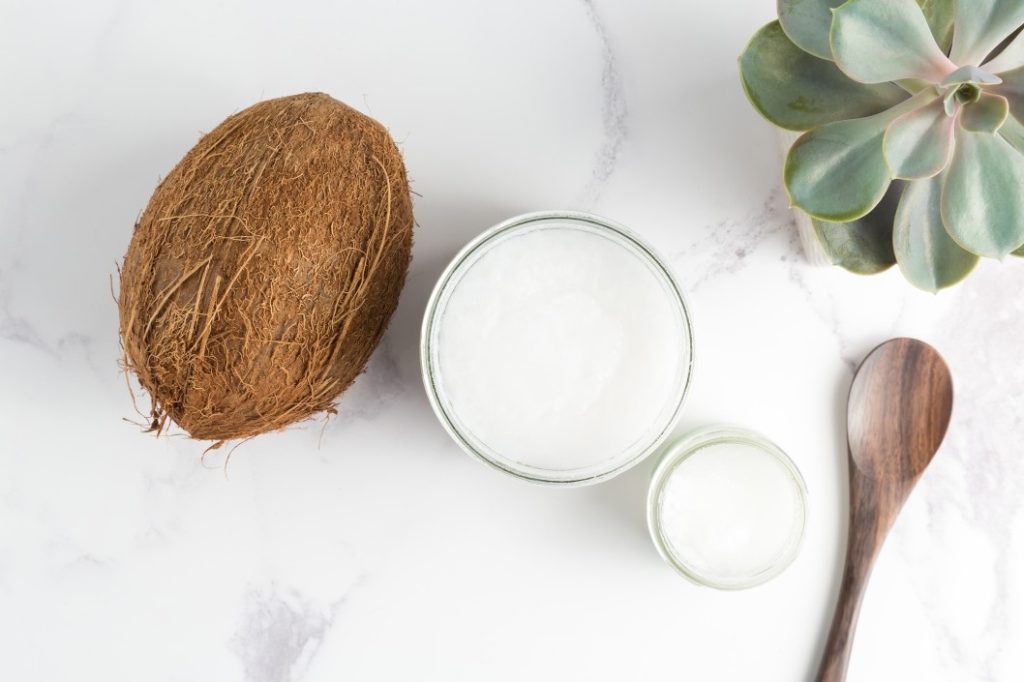6 Superfoods to Add to Your Diet in 2020
If you’re on the lookout for simple ways to boost the nutritional content of your meals in 2020, we’re breaking down the trendiest superfoods that’ll be getting lots of attention.
Fermented Food
Fermentation is a natural process through which microorganisms like yeast and bacteria convert carbs — such as starch and sugar — into alcohol or acids. Yogurt, pickles, kombucha, and kimchi are all popular fermented foods today. These foods contain natural probiotics (aka good bacteria) that can improve digestion and your immunity, Fermented foods are rich in beneficial probiotics and are associated with a range of health benefits — from better digestion to stronger immunity. Try it: Add kimchi or sauerkraut to sandwiches or salads, substitute sugary sodas with naturally sparkling kombucha and you can also add yogurt and kefir to your smoothies.

Seeds
Seeds contain all the starting materials necessary to develop into complex plants. Because of this, these little guys pack a powerful nutritional punch. Extremely nutritious this fatty staple is having a moment. Pumpkin seeds, sesame seeds, flaxseeds, and good ol’ chia all provide healthy fats, vitamins, minerals, fiber, and protein. When consumed as part of a healthy diet, seeds can help reduce blood sugar, cholesterol, and blood pressure. Try it: Stock up on any kind of seeds you like and have them in baked goods, salads and dressings; You can also make chia seed pudding or add a spoonful of chia seeds to oatmeal to up the fiber and protein.
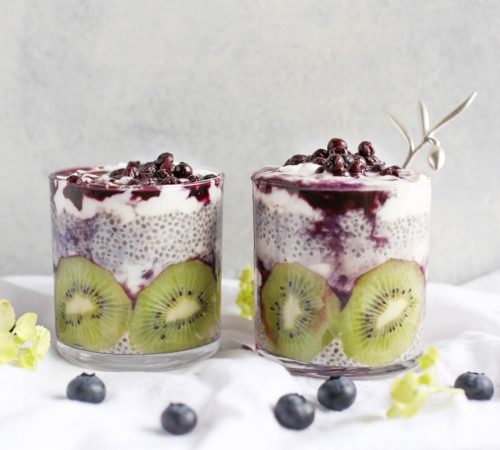
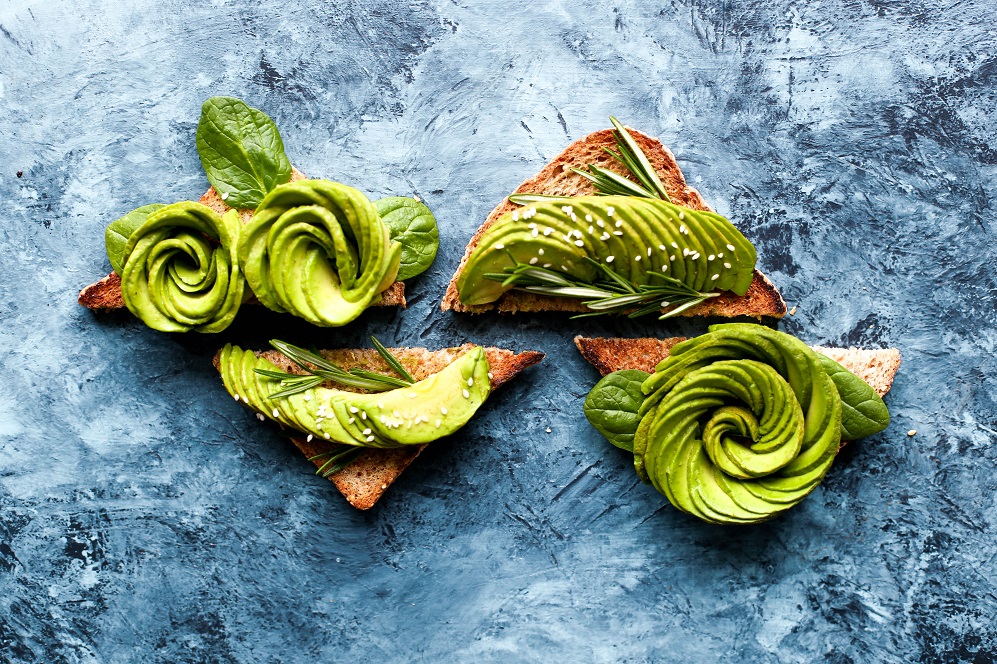
Avocado
These days, the avocado has become a popular food among millennial and health-conscious individuals. The Avocado is a fruit and it’s considered a superfood for its many health properties. Avocados are very nutritious and loaded with almost 20 essential vitamins and nutrients and are a good source of unsaturated fats, fiber, potassium, vitamin E, and B vitamins. They’re weight loss friendly, heart-healthy and, last but not least, taste incredible. Try it: Mash avocado on toast, add it to salads or blend some with a handful or two of fruit for a delicious smoothie.
Microgreens
These are the baby versions of the vegetables and herbs you already know about, like kale, spinach, and mustard greens, radish, arugula, beet greens, cilantro, and parsley. Packed with vitamins and minerals, microgreens are becoming a fun, flavorful way to add to meals. Try it: Add fresh microgreens to your salads or grains, stir them into pasta, or use them as a nutritious garnish to your favorite meals. You can also drink them down with a greens powder as smoothies.
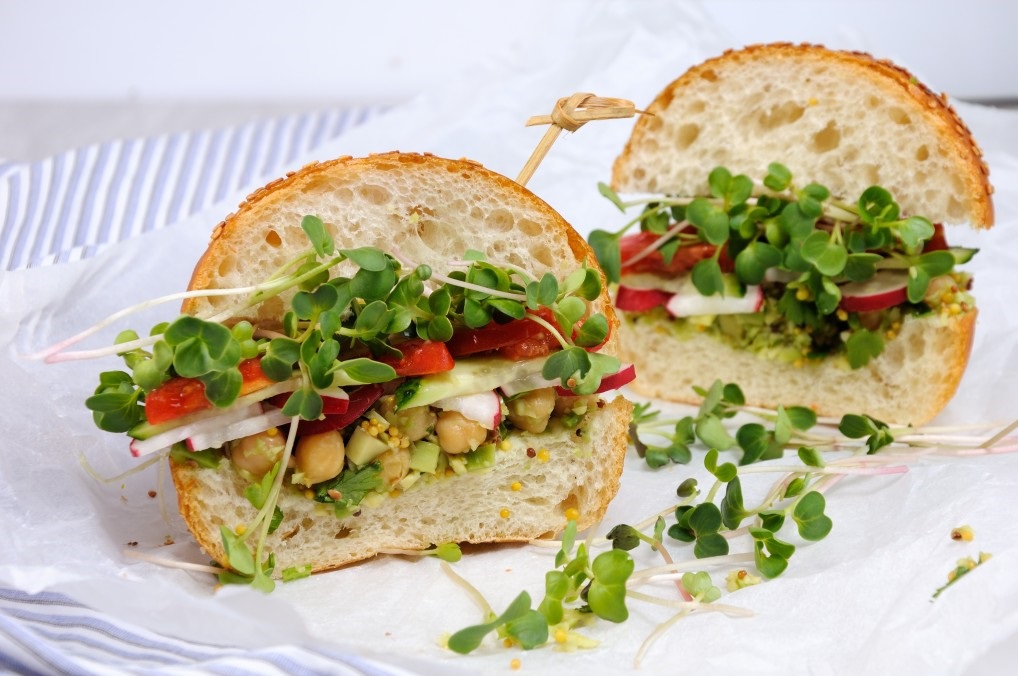
Pulses
Pulses, which include peas, lentils, and beans that provide loads of fiber, carbs, and protein are the new veggie superfood. Nutritious, sustainable and affordable, this nutrient balance can help stabilize your blood sugar and improve digestion. Try it: They’re great for making vegetarian burgers, eating in salad, soup, or pasta. Also, use pulses in baked goods -either whole or as flour.
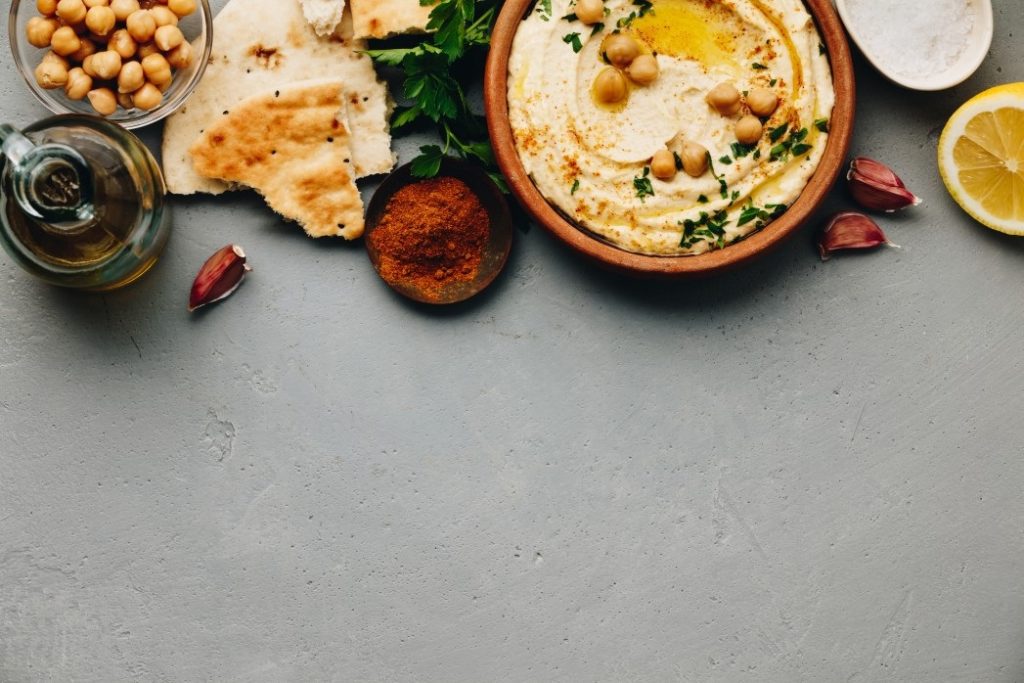
MCT Oil
Keto has made pretty much all fats popular, especially MCT oil which is a big part of the diet. For those unfamiliar MCTs (medium-chain triglycerides) are found in coconut oil, palm kernel oil, and even some dairy products. MCT oil is easily absorbed and transported throughout the body. It can be used as an instant source of energy or can be converted into ketones to fuel your brain. They’re less likely to be stored as fat than other types of fat are—and they don’t spike your blood sugar the way carbohydrates do. Try it: You’ll get some MCTs from coconut oil—but you can also buy bottles of flavorless isolated MCT oil. Add a teaspoon or two to your oatmeal, smoothies, dips or salad dressings for a little extra oomph.
